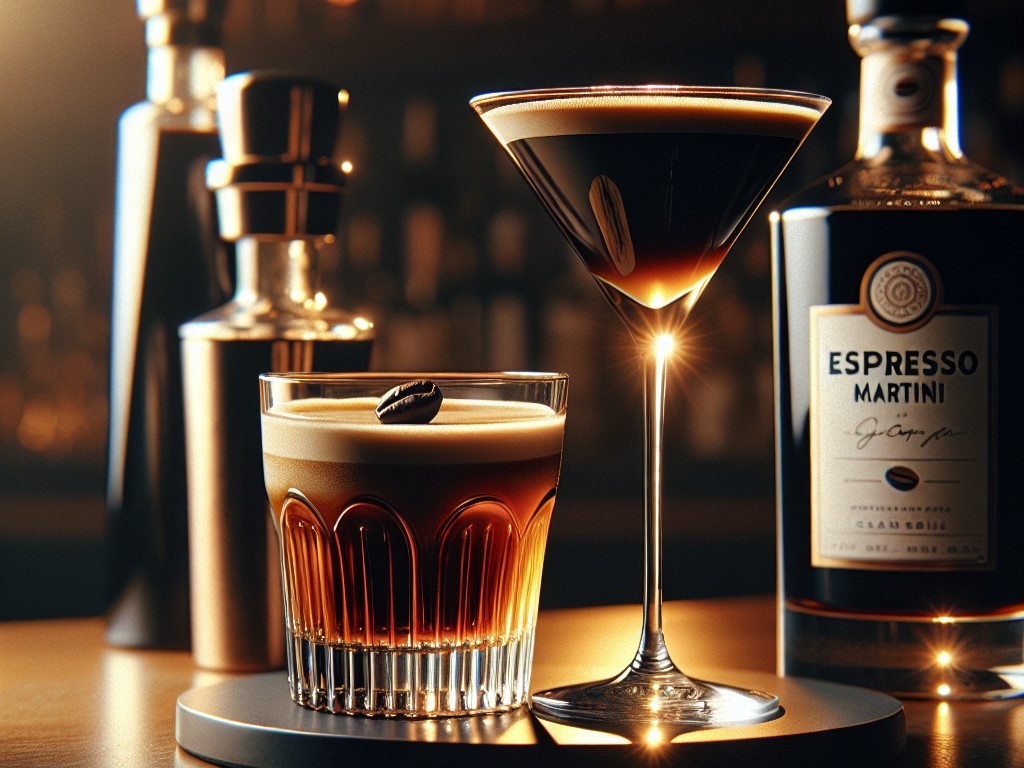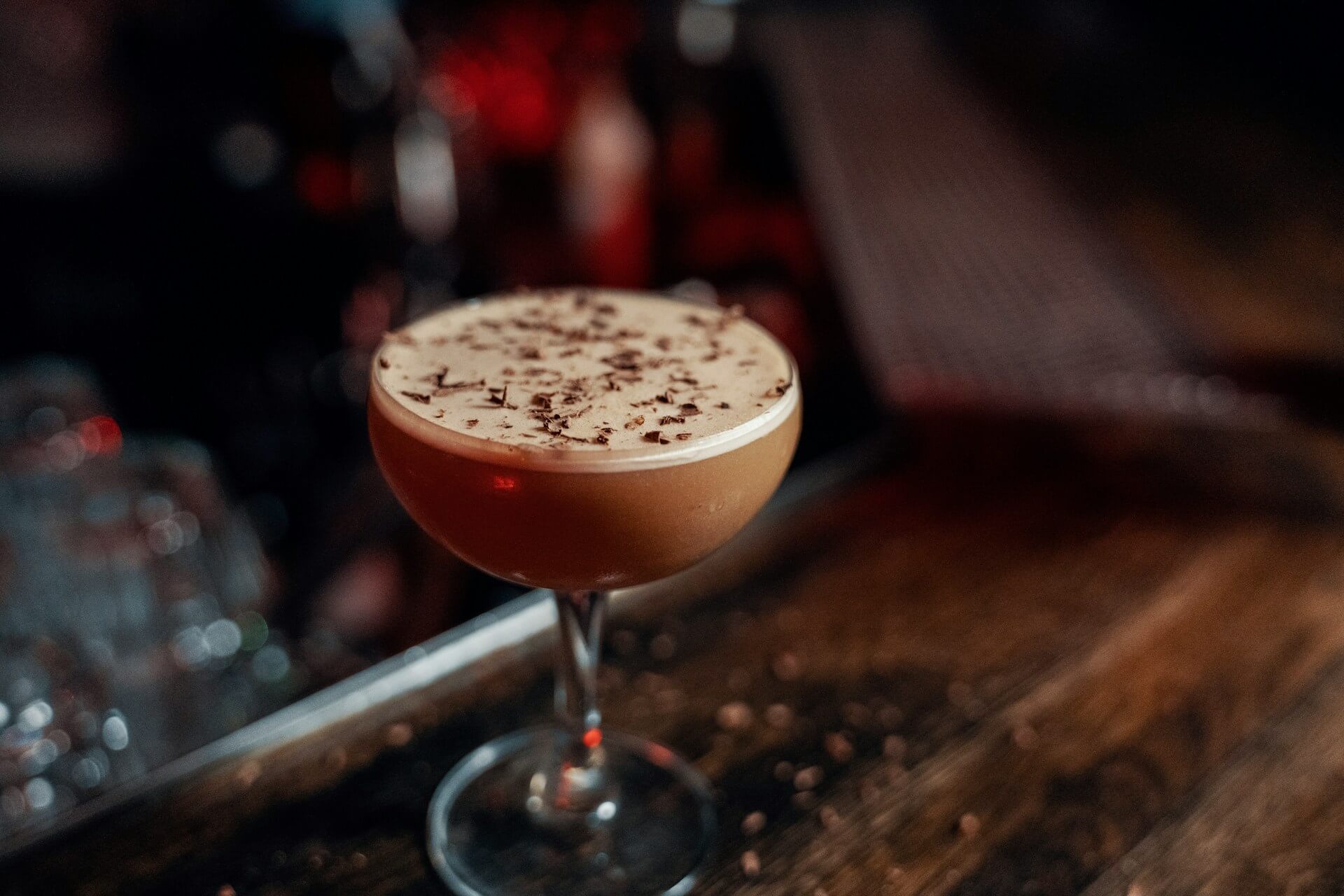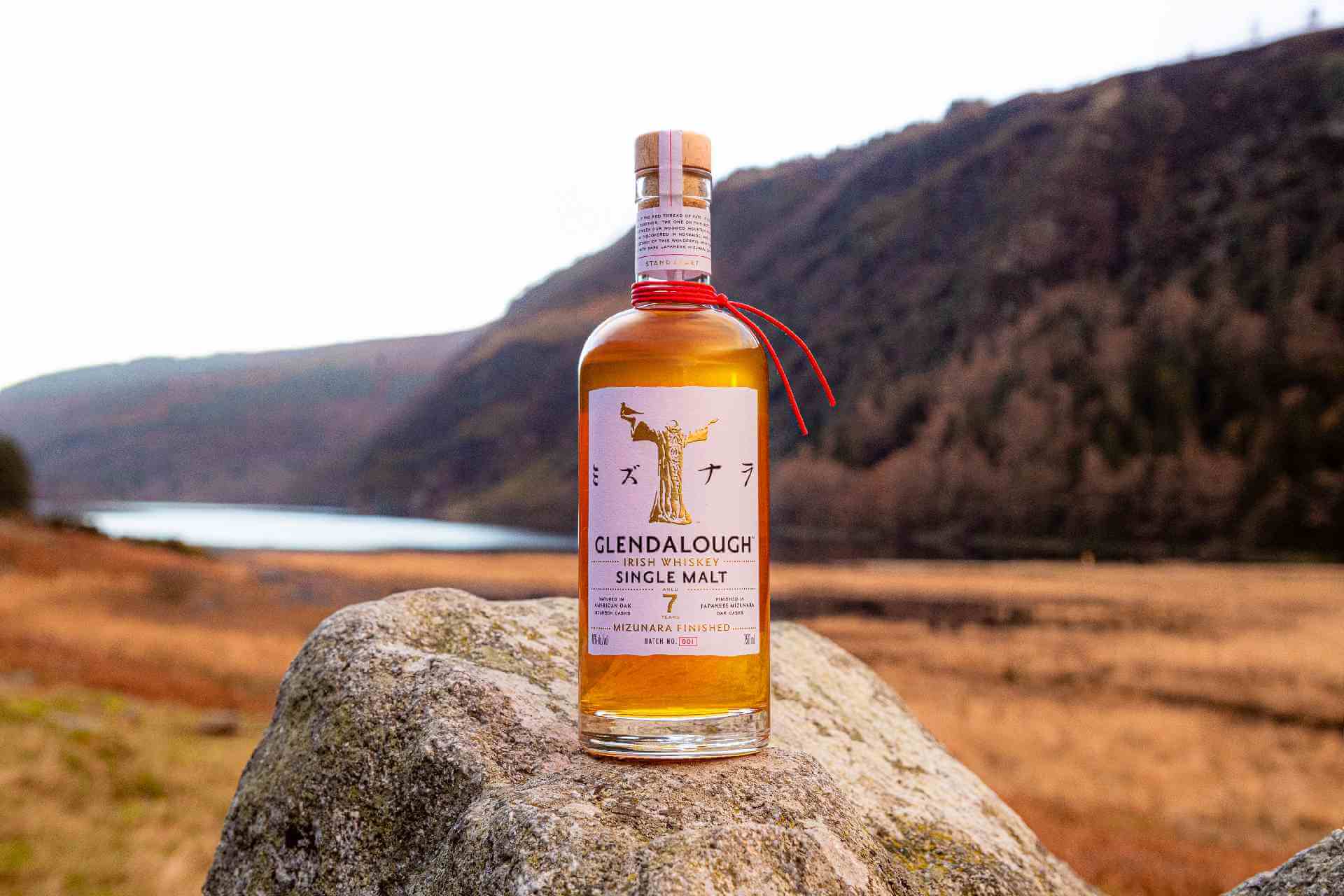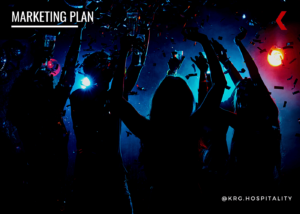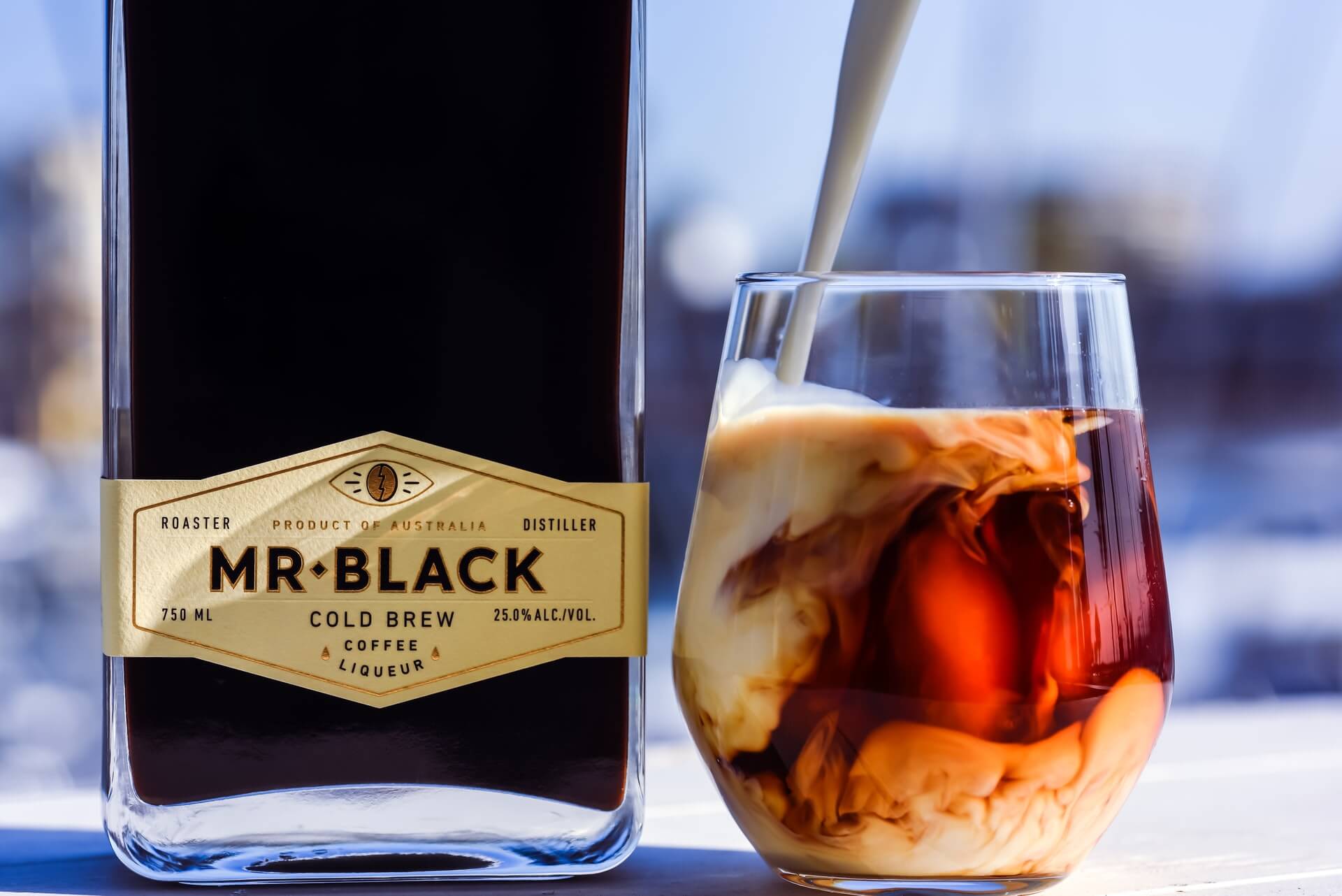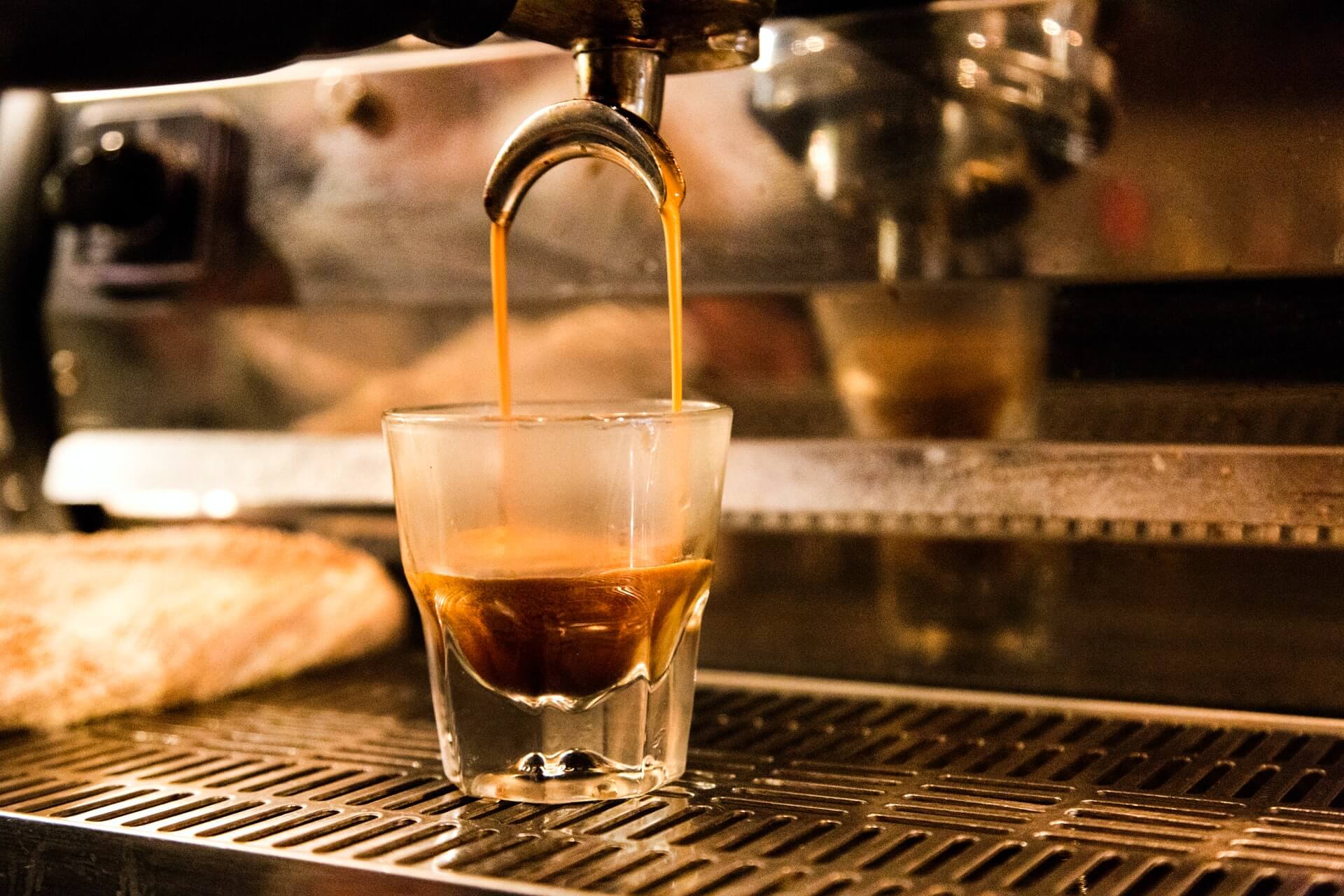Cafe vs. Coffee Shop: Not the Same
by David Klemt
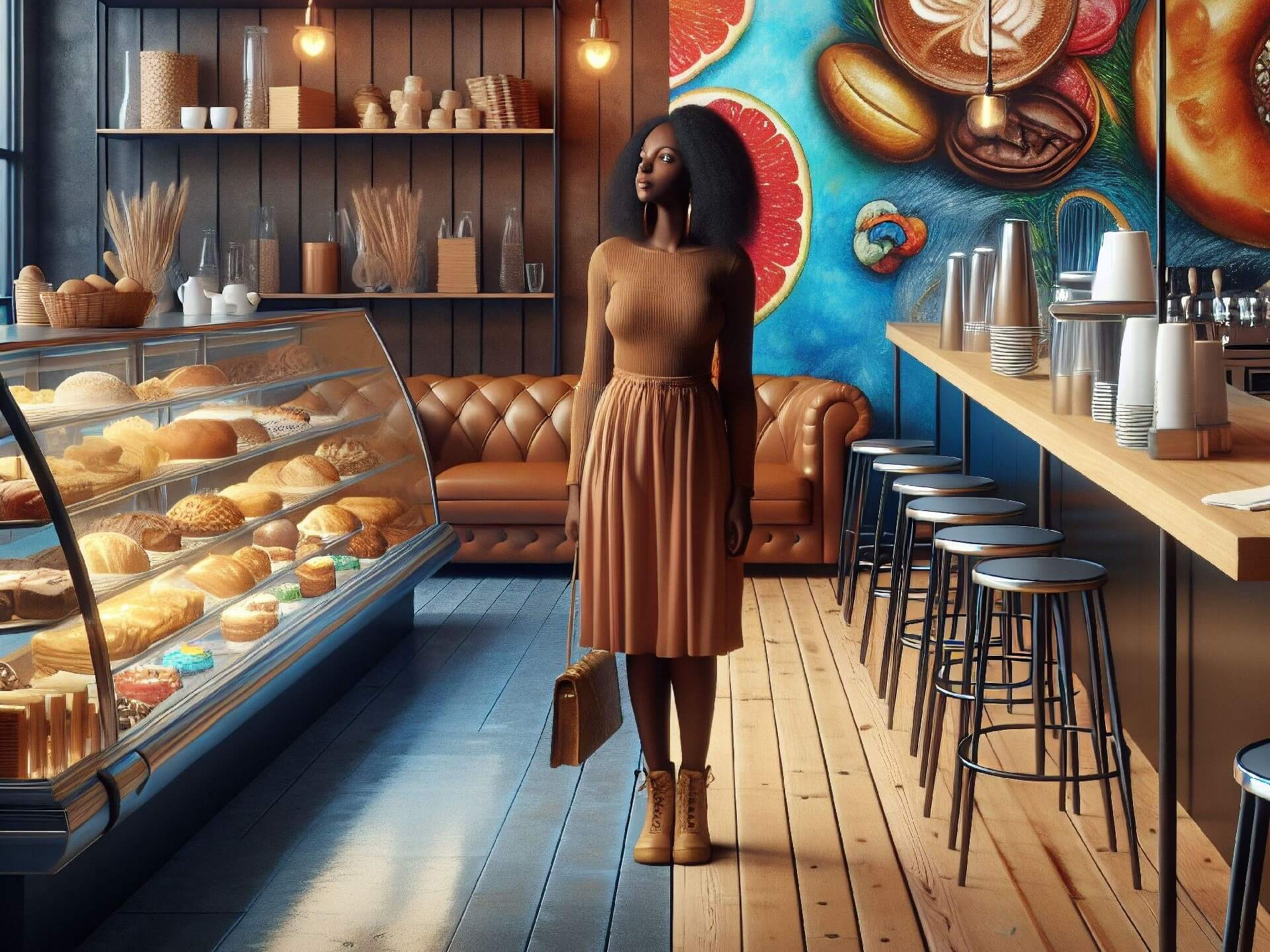
Yes, cafes and coffee shops are different from one another.
There appears to be a misconception that a cafe and a coffee shop are more than just similar, the two concept types are synonymous.
Over the past 18 months, our inquiries from clients with visions to bring their cafe or coffee shop concept to life have increased. In particular, these inquiries are coming from two cities (and the surrounding areas) that boast serious coffee cultures: Vancouver and Toronto.
Interestingly, many of these future cafe and coffee shop operators use the terms interchangeably. So, we want to clarify that the two are similar but not the same.
Generally speaking, the menu is a big differentiator when determining if someone wants to open a cafe or coffee shop.
Menu
A cafe is a type of sit-down restaurant with a food menu, and is capable of serving at least light meals. There’s likely coffee on the menu, but the beverage menu is often far more varied.
For example, one would expect to find teas, juices, sodas, and even beer and wine on a cafe’s beverage menu.
In terms of food, think breakfast sandwiches and bowls, brunch items, soup, sandwiches, and salads. In the morning, there will likely be pastries on offer to pair with coffee drinks, but, again, the coffee menu won’t be as extensive in comparison to a coffee shop’s selection.
As one might imagine, a coffee shop’s main focus is coffee. There may be a small menu consisting of small items that pair well with coffee, but food is secondary at best.
Further, the guests inside a coffee shop expect to enjoy a drip-style coffee beverage, and perhaps espresso.
Now, let’s drill a bit deeper. Coffeehouses often feed into the perception of venues that serve specialty coffees. Speaking generally once again, coffeehouses commonly foster a sense of community and are social spaces. Such concepts also tend to encourage remote workers and students to linger.
Coffee bars tend to operate in areas that experience heavy foot traffic. Like a coffeehouse, the focus is on specialty and artisanal coffee drinks. However, it’s not uncommon for seating to be sparse or even nonexistent. If there’s food on the menu, it’s not extensive, and it’s normally a quick, transportable bite.
Finally, a coffee roaster focuses heavily on sourcing coffee beans, and taking on the task of roasting themselves. It’s common practice for many roasters to act as a partner to coffee shops, restaurants, and hotels. These concepts are often perceived as providing higher-quality coffee drinks than their coffee shop, bar, and house peers.
The more you know…
Hopefully, this clarifies the difference(s) between a cafe and coffee shop.
When one is considering whether their concept is a cafe or coffee shop, they should consider the depth of their coffee and food programs.
Will the menu be full of artisanal and specialty coffee beans and drinks? Will the food be limited to a handful of items, like pastries? Or, will the food menu be extensive and offer guests the opportunity to order a meal?
Other elements to consider are the size of the venue, overall vibe, and role in the community, along with the perception of the quality of the menu.
Sitting down to finalize these details will help a future operator determine whether they plan to open a cafe or a coffee shop.
Image: Shutterstock. Disclaimer: This image was generated by an Artificial Intelligence (AI) system.



